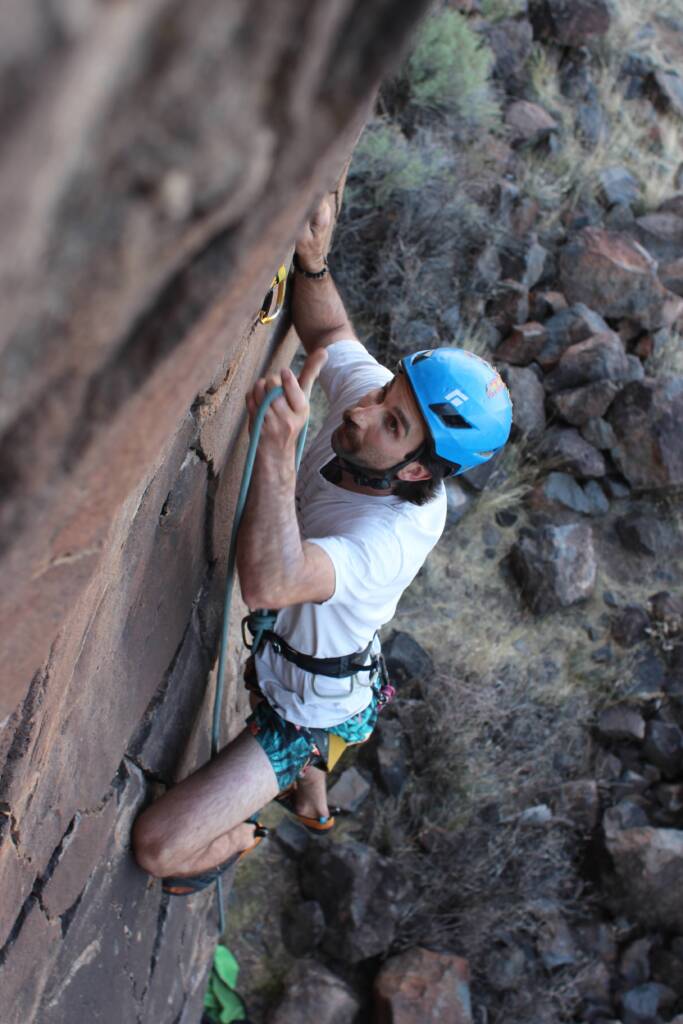During the winter months, most dedicate their training to the climbing gym, using the colder season as an opportunity to build strength, refine technique, and improve endurance for outdoor climbing in the spring. Gym sessions focus on power training through bouldering, endurance drills on the lead wall, and grip strength exercises like hangboarding. Some also work on flexibility and mobility to minimize injuries and enhance movement efficiency. Training indoors allows us to simulate real climbing scenarios in a controlled environment, so when the weather warms up, your stronger, more confident, and ready to take on outdoor projects with renewed skill and endurance. Below is how you could structure your climbing training for success outdoors next season.

Checklist for physically preparing for the demands of climbing
- Practice (low/high intensity, movement, clipping, breathing, etc)
- Supplemental Strength work
- Mental Work (football players study plays)
- Rest/recovery (stability, mobility, nutrition, move)
Phases of training
- Off Season (strength building)
- Pre season (practice skills & Mental work)
- In season (putting everything together, no strength gains occur here)
- Post season (recovery no climbing)
Picking your Training based on goals
- Bouldering, sport, trad, multi pitch, big wall, alpine, ice
- One route, many routes, one trip, full season, etc
Movements any plan should include (warm-up or strength building)
- Deadlift (or any progressive loading of the posterior w/hip hinge)
- Scapular Pull-ups
- Turkish Get ups, Overhead Squats or Windmills (mobility, stability, core)
- Suspended Planks (table top position)
- Body Weight Rows (shoulder engagement)
- Broad Jumps (Plyometrics to generate power from hips)
- Shoulder dislocates (mobility)
Proper warm up (Off the climbing wall or rock)
- General for full body sweat
- Burpees, jumping rope, bike sprints, squat jumps, etc.
- Big multilateral joints
- Shoulders, hips
- Climbing specific
- Hands, lats,
Proper on the wall warm up
- Big moves, big holds, MOVEMENT FOCUS
- Not sending problems, Practicing perfect skill
- Common Errors; slow controlled movement to send easy problems, lack of footwork, readjusting hands
- Outside on route
- Check ego and don’t try to send, hangdog & Repeat sections
This is not the only way to structure your climbing training, it is just one basic way that has been successful for myself and my clients. Take this as a blueprint to create your own plan or check out one of our training plans here.


